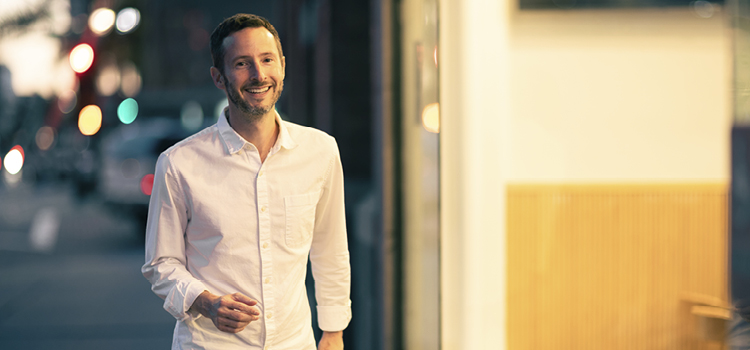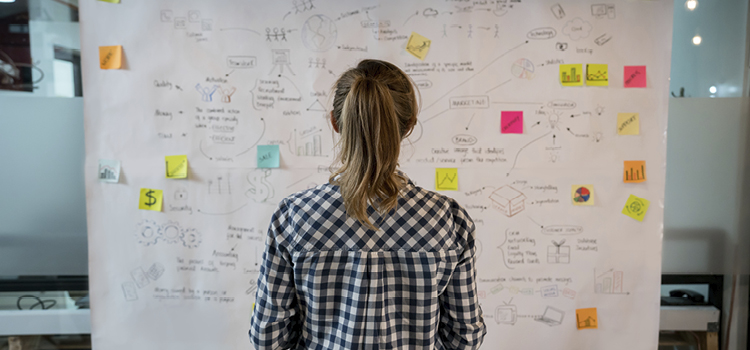This post is sponsored by Penguin Random House
What do the most successful people have in common?
Entrepreneur magazine Editor in Chief Jason Feifer set out to answer that question, and here’s what he found: The most successful people are adaptable. They turn change to their advantage. And this isn’t something they were born knowing how to do. It’s a skill they learned.
In his new book, Build for Tomorrow: An Action Plan for Embracing Change, Adapting Fast, and Future-Proofing Your Career, Feifer puts their lessons into action: He offers a concrete plan for anyone struggling with change, and gives readers a way to spot new opportunities before anyone else. Here, we chat with Feifer about Build for Tomorrow and some of its most important takeaways.
Question: Why do you think change is so difficult to overcome?
Answer: When we experience change, we start worrying about all the comfortable, familiar things we’ll lose. Then we make things worse by doing what I call “extrapolating the loss.” We start to think: If I lose this, then I’ll lose that, and then I’ll lose that…
Soon we start to panic.
Here’s what to do instead: We must find the gain. Ask questions like, “What new skill or habit am I learning, and how can that be put to good use?” This isn’t easy. Gain is often not obvious. But once we train our brains to identify gain, we can start taking advantage of it before anyone else does. That’s our competitive advantage.

Q: What do the smartest and most successful people know about change?
A: They know that when something goes wrong, they’ve been given an opportunity to learn and refine. It’s why I like to say: Failure is data. For example, the billionaire tech founder Michael Dell keeps mementos from his company’s failures in his office. Why? “That painful lesson helped us develop a tremendous capability that propelled us way further than we’d ever imagined,” he told me.
Q: What are some tactics and strategies these leaders use to stay on top of their game?
A: Great leaders identify a part of themselves that never changes, even during moments of massive change.
Here’s how they do it:
Most of us identify too closely with the specific work we do. We might say, “I’m a product manager” or “I make a magazine.” But those things are changeable — and when they change, we’ll feel lost. That’s why great leaders go a level deeper: They state a mission for themselves or their company that isn’t easily changed. Maybe their mission is to “bring joy to people through sweet baked goods”, or to “solve the most complex problems with new technology.” I learned to do this myself; I once identified solely as a magazine editor, but now I think, “I tell stories in my own voice.” If I lose my magazine job, for example, I can still accomplish that!
Q: In your book, you talk about adaptation, and the power that comes from an individual’s ability to be intentionally malleable when unforeseen circumstances occur – why is adaptability so critical in the world today?
A: The actor (and entrepreneur) Ryan Reynolds once told me, “You can’t be good at something unless you’re willing to be bad.” He’s spot on. Everyone will face new challenges, and everyone will suck at first. Some people will be discouraged and quit. The most successful people will stick with it, because they know that setbacks are part of the process.
The most successful leaders have learned to overcome obstacles and adapt to change. Build for Tomorrow not only teaches us how to adapt strategically to get the most out of any situation in the workplace, but emphasizes the importance of bringing those strategies into day-to-day life.
